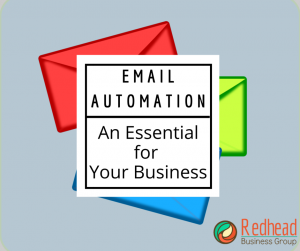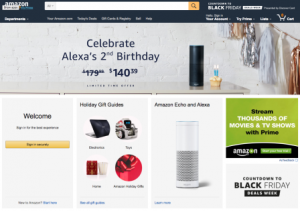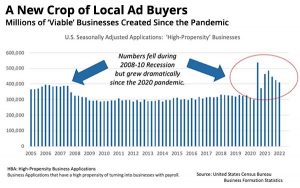
It is possible to have too much of a good thing.
Scarfing up a whole box of chocolates at one time, for instance, might fall into that category. A more work-related example is when the phone starts to ring off the hook. It’s what you always dreamed of, so how could you possibly have too many phone calls? If you can’t keep up with answering them, however, you have too much of a good thing. Another frustrating situation is when leads pour in from your latest e-book, and you can’t respond rapidly enough to the interest you’ve generated.
When you can’t answer your calls or follow up on content downloads, it put the results of your marketing efforts at risk. That’s because you’re 21 times more likely to qualify a lead that you call within five minutes than let response time stretch to 30 minutes. Those statistics are stunning but true. They are based on actual data from six companies within the InsideSales.com system that had followed up on over 15,000 leads with 100,000 call attempts.
6 Steps to Response Handling Success
It follows that you need to set yourself up for success in response handling. To do so, you need to be capable of taking the following steps.
1. Qualify and Prioritize Inquiries
To accelerate sales, you need to expedite the first-class leads, so you cannot afford to treat all inquiries the same way. After all, they are not all qualified leads. You must set up criteria that predetermine which ones fall into the marketing qualified lead (MQL) bucket. These are the ones on which it’s worth spending marketing time. Take a look at the data about the inquiry and determine whether it fits your buyers’ profile. Commonly, companies will look at variables such as industry, business size, title and location.
2. Respond Rapidly
Given the steep drop-off in qualification rates during the first few minutes after you receive an inquiry, you’re better off responding as quickly as possible. Remember, if you don’t get back to someone pronto, they’ll either reach out to your competitor or move on to some other priority.
Five minutes may seem like an incredibly fast turnaround for a phone call that follows an e-book download, for example. It is, however, a turtle-like pace compared to responding to a live online chat or an inbound call. People who are using those communication channels expect a response NOW.
3. Be Flexible
Let’s face it, people are becoming more and more accustomed to 24/7/365 service. In the consumer world, we’ve even seen time-honored traditions such as the Thanksgiving holiday dissolve into shopping days. And increasingly, perhaps due to both the always-on work culture and global commerce, we see businesses are extending their contact hours.
To be competitive today, you need to make your company representatives available when potential customers are seeking information. You want prospects to receive answers fast when their questions are top of mind. So, be flexible with your hours.
4. Offer Online Chat
You already know that chat participants expect an immediate response. It’s understandable if that causes you to want to shy away from this channel. But closing the communication doors in any way is a bad idea. That’s because people have different preferences for how they get in touch with businesses. Some feel more comfortable with online chat than other options. So you need to include it in your communication toolbox.
5. Nurture the Relationship
Handling the first response in a timely, efficient way is challenging. However, it’s just the beginning. You need to prepare for what happens next. This means setting up a nurturing sequence that may include both emails and telephone calls. The purpose is to develop a deeper relationship that enables prospects to get to know, like and trust your company in a more personal way.
6. Handling the Sales Qualified Lead
If all goes well, a large proportion of your MQLs will cross the threshold and become sales qualified leads (SQLs). Before they do, prepare for this transition by determining how you will distribute your leads between different channels and people. Which leads will go to field sales and which will you route to inside sales? Will you distribute SQLs, perhaps, based on territories, industries, geography or workload? Define the distribution criteria so leads reach their destinations almost automatically.
Also, determine the data required for each lead for the recipient to work it as successfully as possible. This information will empower salespeople to hit the ground running when they receive new leads.
Clearly, handling responses successfully requires you to have a rigorous response management process as well as dedicated resources. It can, however, make the difference between marketing efforts that soar to success and those that take a nosedive. If you don’t believe you can handle responses well internally, it’s worth considering outsourcing your response handling needs.
Business & Finance Articles on Business 2 Community(48)








